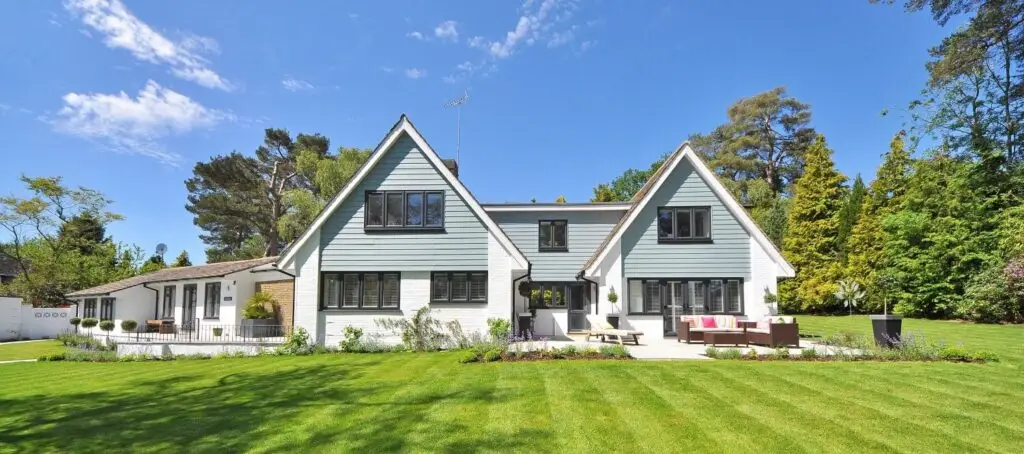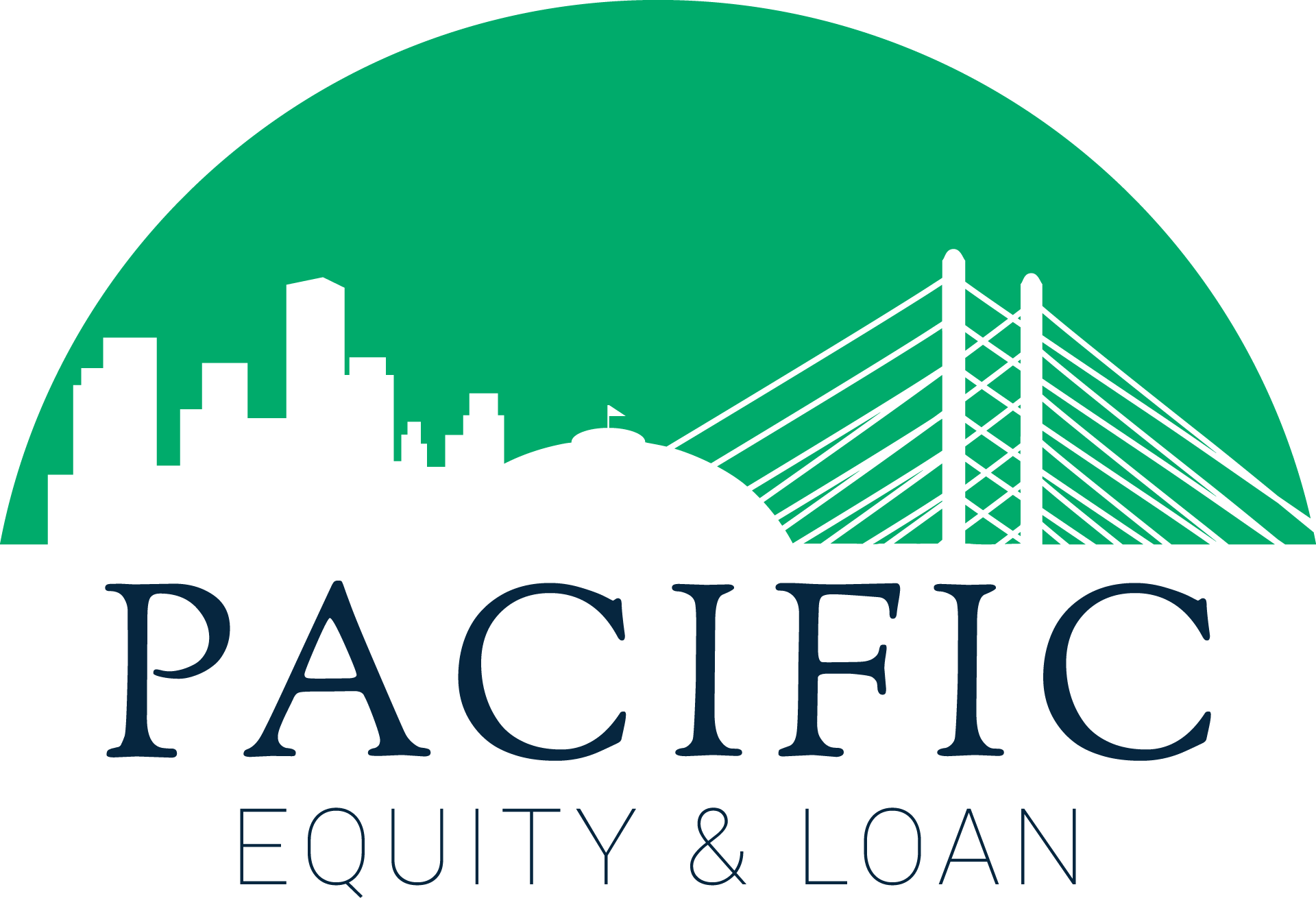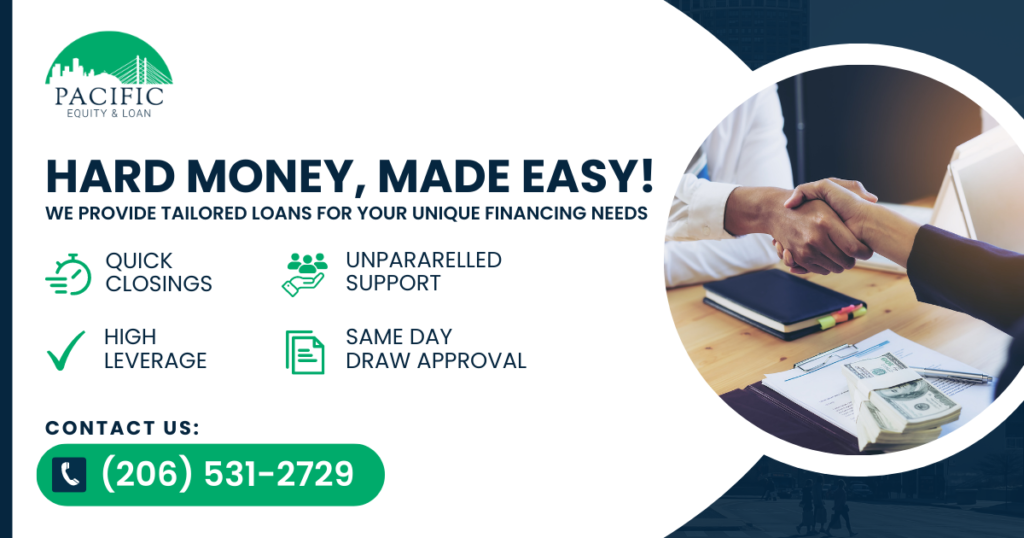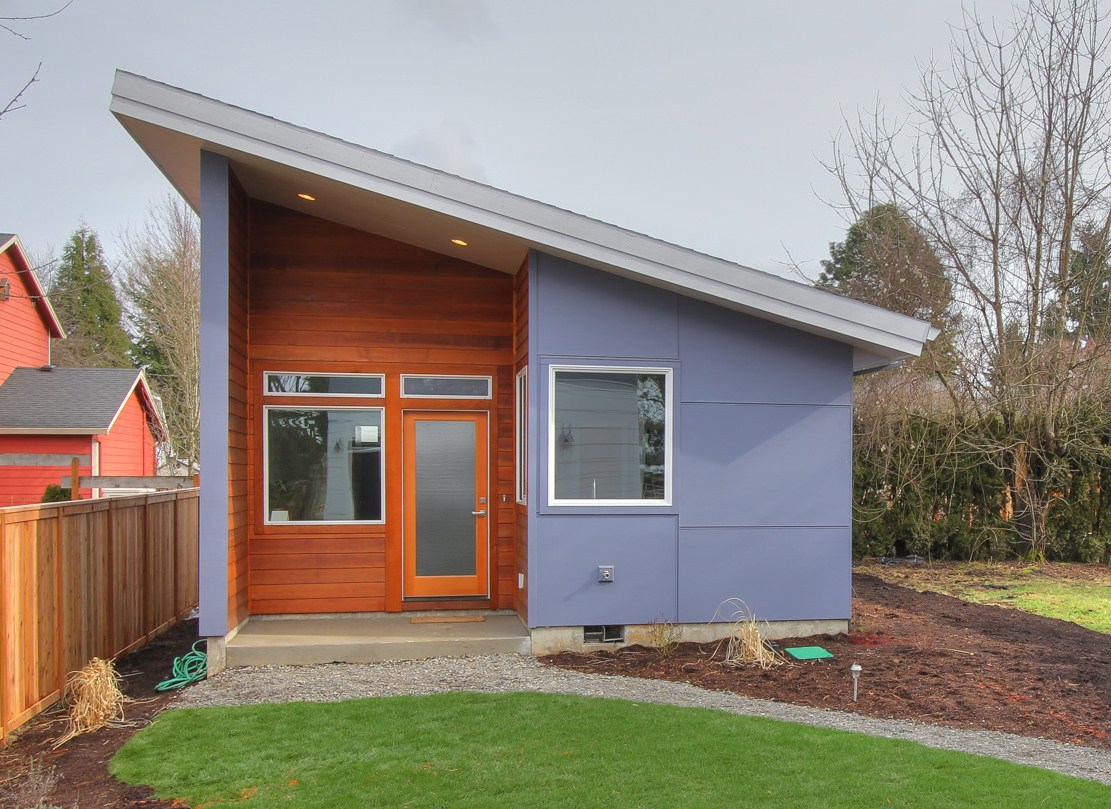In the world of fix and flip investments, understanding ARV (After Repair Value) is paramount. ARV is a crucial metric that helps investors gauge the potential profitability of a property after renovations. In this comprehensive guide, we’ll delve into the concept of ARV, its importance in fix and flip ventures, how to calculate it accurately, and practical tips for maximizing its use in your investment strategy.

What is ARV?
ARV represents the estimated value of a property after it has undergone renovations. Essentially, it reflects the market value of the property in its improved condition. For fix and flip investors, ARV serves as a benchmark for assessing the potential return on investment (ROI) and determining the maximum purchase price they should pay for a property.
Importance of ARV in Fix and Flip Investments
ARV plays a crucial role in the profitability of fix and flip projects. By accurately estimating the ARV, investors can make informed decisions about property acquisitions, renovation budgets, and selling prices. It helps mitigate the risk of overpaying for a property or investing too much in renovations, ultimately maximizing the potential for profit.
Calculating ARV
Calculating ARV requires a comprehensive analysis of various factors, including comparable sales (comps), current market trends, and the scope of renovations. The formula for ARV is typically:
ARV = (Property’s Current Value) + (Value of Renovations)
However, accurately determining the ARV involves more than just plugging numbers into a formula. It requires meticulous research, knowledge of the local market, and understanding the preferences of potential buyers.
Practical Tips for Maximizing ARV
- Conduct thorough market research: Analyze recent sales data for comparable properties in the area to gauge the potential resale value after renovations.
- Factor in renovation costs: Estimate the cost of renovations accurately to ensure they align with the expected increase in property value.
- Focus on high-impact improvements: Prioritize renovations that offer the greatest return on investment, such as kitchen and bathroom upgrades or enhancing curb appeal.
- Stay informed about market trends: Keep abreast of market dynamics, including demand trends, neighborhood revitalization efforts, and emerging buyer preferences.
- Work with experienced professionals: Collaborate with real estate agents, appraisers, and contractors who have expertise in fix and flip investments to ensure accurate assessments and smooth execution.

Understanding ARV is essential for success in fix and flip investments. By accurately estimating the After Repair Value and incorporating it into your investment strategy, you can mitigate risks, maximize profitability, and unlock the full potential of your fix and flip projects. Stay informed, conduct thorough research, and leverage ARV as a powerful tool in your real estate investment journey.
Moreover, Pacific Equity and Loan stands as the perfect partner for fix and flip investments, offering tailored solutions and unparalleled expertise in the field. With our flexible financing options, expedited processes, and dedicated support, we empower investors to navigate the complexities of fix and flip projects with confidence. Trust Pacific Equity and Loan to provide the financial resources and guidance you need to succeed in your fix and flip endeavors.







